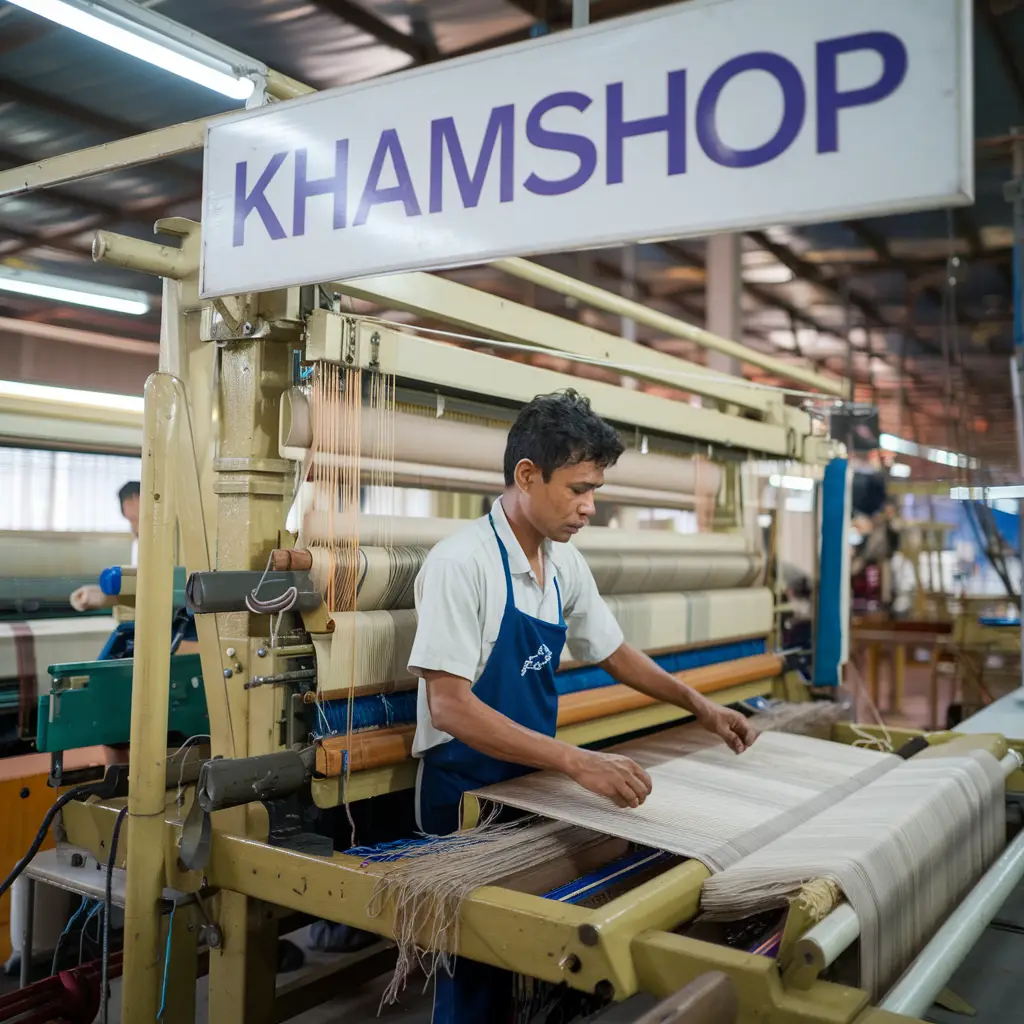
Hoodie Fabric Guide: Which Material Suits Your Style?
- No Comments
Introduction: The Universal Appeal of the T-Shirt
In the world of fashion, few garments are as universally recognized and beloved as the humble t-shirt. T-shirts transcend cultural, social, and economic boundaries, making them a staple in wardrobes around the globe. With their simple yet versatile design, t-shirts are worn by people of all ages, backgrounds, and professions. Whether it’s a classic white tee, a graphic t-shirt featuring band logos, or a designer label piece, t-shirts have become not only a functional garment but also a medium for self-expression, creativity, and style.
The t-shirt’s journey from a practical undergarment to a fashion statement is nothing short of fascinating. In this article, we will explore the history, evolution, and cultural significance of t-shirts. We will also examine how the t-shirt has influenced various fashion movements and its ever-growing role in today’s modern society.
1. The Birth of the T-Shirt: A Humble Beginning
The 19th Century Origins: The T-Shirt as Underwear
The roots of the t-shirt can be traced back to the late 19th century when it was originally conceived as an undergarment. The early t-shirts were not designed for public viewing but were rather intended to provide an extra layer of comfort beneath more formal or heavy clothing. They were simple, plain, and functional, made from soft cotton or other breathable materials.
In the late 1800s, as industrialization and mass production gained momentum, underwear became more standardized. The t-shirt emerged as a more comfortable and practical alternative to the traditional woolen undershirts. This shift was not just a change in fabric but also a result of the growing need for lightweight and breathable undergarments in the industrialized world. The t-shirt, with its short sleeves and collarless design, offered a comfortable and practical solution.
Early 20th Century: The Introduction of the Modern T-Shirt
The design of the modern t-shirt began to take shape in the early 20th century. During World War I, the U.S. military issued lightweight cotton undershirts to soldiers. These garments were not only practical for the soldiers but also provided greater freedom of movement compared to the standard woolen garments worn previously.
After the war, these shirts were often worn as casual garments in civilian life. The American public quickly embraced the comfort and simplicity of the t-shirt. The garment was made more widely available, and by the 1930s, t-shirts had become a common item in many American households.
The t-shirt as we know it today began to be marketed in the 1930s and 1940s, especially as companies like Fruit of the Loom and Hanes began producing and selling t-shirts in bulk. These early t-shirts were still used as undergarments but were slowly beginning to be worn as outerwear, especially by younger generations who sought comfortable and casual clothing.
2. The 1950s and 1960s: The Rise of T-Shirts in Popular Culture
Hollywood and T-Shirts: A Cultural Revolution
It was in the 1950s that the t-shirt made its first significant appearance in pop culture. Hollywood icons like Marlon Brando and James Dean played pivotal roles in popularizing the t-shirt as an acceptable outer garment. Marlon Brando’s portrayal of Stanley Kowalski in A Streetcar Named Desire (1951) is often cited as a landmark moment in t-shirt history. Brando’s rugged portrayal, coupled with his white t-shirt, became an instant symbol of masculinity and rebellion.
James Dean, who starred in Rebel Without a Cause (1955), further cemented the t-shirt’s place in American culture. Dean’s portrayal of a misunderstood teenager wearing a t-shirt became an enduring image of youthful defiance. These performances led to the t-shirt being associated with youth rebellion, freedom, and individuality, a connection that remains influential to this day.
The 1960s: A Canvas for Social and Political Expression
The 1960s was a decade marked by social and political upheaval, and the t-shirt played a significant role in reflecting these changes. As young people became more politically active, they began to use the t-shirt as a means of expressing their beliefs. T-shirts with peace signs, slogans supporting civil rights, and anti-war messages became popular among activists and college students.
The rise of the counterculture movement in the 1960s coincided with the increasing popularity of graphic design. The t-shirt, once a plain and utilitarian garment, became a blank canvas for artists to communicate their political views, personal interests, and creative designs. The t-shirt became a symbol of nonconformity and resistance, used by protestors to make bold statements about war, racism, and other pressing social issues.
During this time, companies began experimenting with screen printing techniques, which made it easier to mass-produce t-shirts with elaborate designs and images. The simple, versatile nature of the t-shirt made it the perfect medium for personal expression.
3. The 1970s and 1980s: The Graphic Tee Era
The Explosion of Graphic T-Shirts
The 1970s marked the beginning of what we now know as the “graphic tee” era. T-shirts began to feature more complex designs, logos, and images that reflected various subcultures, music genres, and lifestyles. Rock bands, in particular, took advantage of the growing demand for graphic t-shirts to promote their music and tours.
Bands like The Beatles, The Rolling Stones, and Led Zeppelin became synonymous with the graphic t-shirt. Concert t-shirts featuring album artwork or tour dates became popular among fans, who wore them as a way to express their love for music and the bands they followed.
The 1980s saw the explosion of logo culture, with brands like Nike, Coca-Cola, and Harley Davidson selling t-shirts emblazoned with their logos. At the same time, the t-shirt became a key piece of the burgeoning skate and hip-hop subcultures. Streetwear brands like Supreme and Stussy began creating t-shirts with bold, eye-catching designs that spoke to the youthful rebellion and individuality of these scenes.
T-shirts and Pop Culture in the 1980s
In the 1980s, t-shirts were worn not just by subcultures but by mainstream pop culture icons as well. Celebrities like Madonna, Michael Jackson, and Prince were often seen wearing t-shirts in their music videos and public appearances. The t-shirt became a symbol of coolness and personal identity. Even in the world of high fashion, designers began to experiment with the t-shirt, incorporating it into runway shows and collections.
4. The 1990s to the 2000s: The T-Shirt as a Fashion Staple
The Role of the T-Shirt in Fashion and Branding
The 1990s and early 2000s saw t-shirts further solidifying their place in the fashion world. Designer brands like Calvin Klein, Tommy Hilfiger, and Ralph Lauren began producing t-shirts that were no longer just about comfort or self-expression but also about luxury and branding. T-shirts with logos became highly coveted fashion items, and streetwear brands like Supreme and Off-White began to collaborate with high-end designers.
Additionally, the 1990s saw the rise of the “vintage tee.” Many young people began wearing t-shirts from thrift stores or featuring logos from long-forgotten brands. Vintage t-shirts became a way to express individuality while also embracing the past. The t-shirt’s ability to evolve and adapt to changing tastes made it an enduring symbol of fashion.
The Impact of the Internet on T-Shirt Culture
The growth of e-commerce and social media platforms in the 2000s allowed for the democratization of t-shirt design. Independent designers, activists, and hobbyists began creating and selling custom t-shirts online. Websites like Redbubble, Teespring, and Zazzle made it easier for anyone to design, print, and sell t-shirts. This shift opened the door for a new wave of creativity, with people using t-shirts to express their personal beliefs, sense of humor, or favorite interests.
5. The T-Shirt Today: Fashion and Sustainability
T-Shirts as a Statement of Personal Style
Today, t-shirts continue to be a key element of both casual wear and high fashion. The versatility of the t-shirt makes it suitable for a variety of occasions, from relaxed days at home to sophisticated office looks when paired with blazers or skirts. T-shirts are available in a range of materials, including cotton, polyester, and eco-friendly fabrics such as bamboo or organic cotton.
T-shirts with creative and innovative designs continue to make waves in the fashion world. Graphic t-shirts are still popular, but many modern t-shirts incorporate subtle branding, intricate embroidery, or environmentally conscious materials. The design possibilities are endless, with fashion brands and individual creators experimenting with new forms, colors, and messages.
Sustainability in T-shirt Manufacturing
As the world becomes more conscious of environmental issues, sustainability has become a key focus in the fashion industry, and the t-shirt sector is no exception. Brands are increasingly turning to sustainable materials, such as organic cotton, hemp, and recycled fabrics, to reduce their environmental impact. Furthermore, brands are adopting ethical manufacturing practices, ensuring fair wages and safe working conditions for workers involved in the production of t-shirts.
The demand for ethical and sustainable fashion is expected to continue to grow, and t-shirts will undoubtedly play a major role in this shift. Consumers are increasingly interested in supporting brands that prioritize sustainability, and the t-shirt industry is embracing this trend by offering eco-friendly alternatives to the mass-produced, fast-fashion garments that have become synonymous with environmental harm.
Conclusion: The T-Shirt’s Enduring Legacy
From its humble beginnings as an undergarment to its status as a global fashion icon, the t-shirt has evolved into one of the most beloved and influential garments in the world. The t-shirt has transcended its original purpose, becoming a symbol of personal expression, cultural identity, and social movements.
As we look to the future, the t-shirt will continue to evolve in response to new technologies, changing fashion trends, and growing environmental concerns. Whether as a casual piece of clothing, a canvas for creativity, or a tool for political activism, the t-shirt remains a versatile, accessible, and powerful garment that will continue to shape the world of fashion for years to come.
Previous Post


